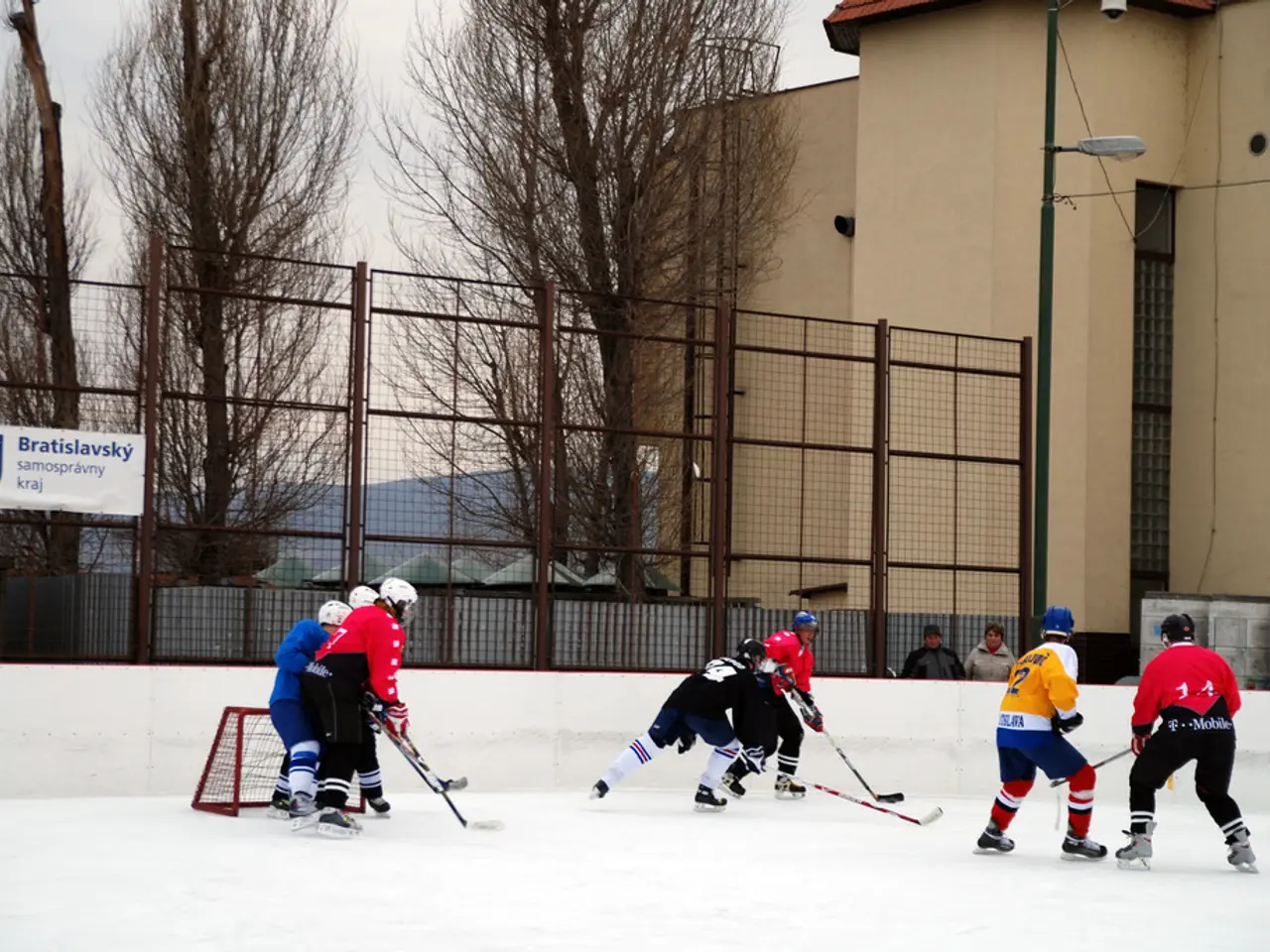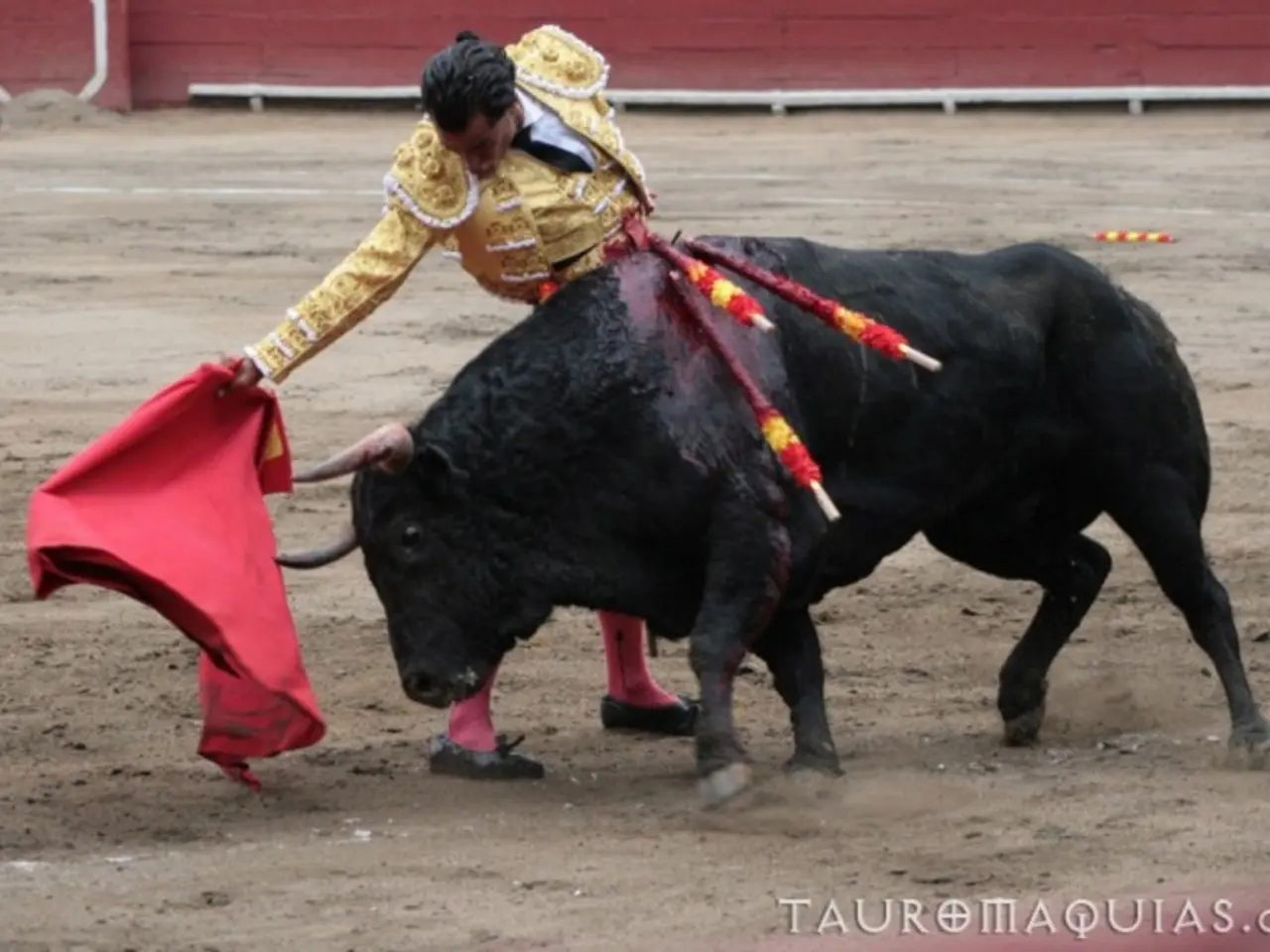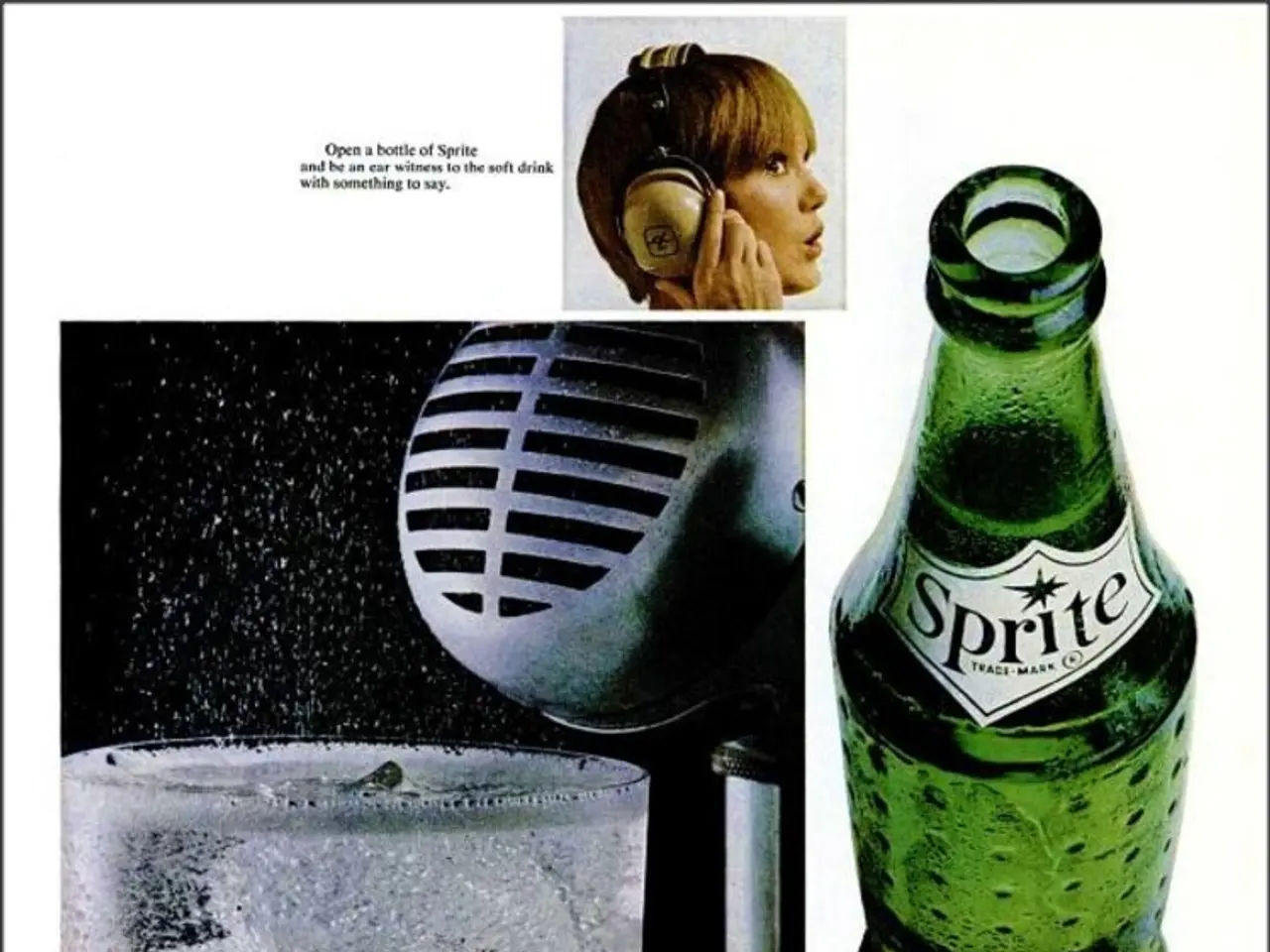List of the Wealthiest Hockey Players Ever
In the world of professional ice hockey, the introduction of the salary cap in 2005 marked a significant shift in the financial landscape for both players and teams. This article will explore how the pre-2005 and post-2005 eras differed in terms of player finances, competitive balance, and team strategies.
Before the salary cap was instituted, there was no upper limit on player salaries, allowing wealthier teams to spend freely on top talent. This led to significant pay disparities between players on high-revenue/large-market teams and those on smaller-market teams. Player contracts were less restricted, permitting teams to offer very large salaries to star players, which could drastically inflate individual player earnings.
The 2004–05 NHL lockout was a pivotal event, as it led to the cancellation of the entire season and resulted in the establishment of the salary cap for the 2005–06 season. The salary cap was designed to improve financial parity and competitive balance, limiting how much total salary a team could pay its players. This system forced more equitable distribution of team payrolls and altered how players negotiated contracts, with salaries generally constrained by the cap.
After the salary cap implementation, player salaries became more regulated and uniform, reducing the large gaps between players on different teams. Teams had to be more strategic in assembling rosters, balancing star salaries with supporting players within the cap limits. The cap introduced greater financial predictability for players but limited the maximum contract sizes, which in turn influenced career earnings. Factors influencing financial success shifted more towards individual performance, consistency, and negotiating skill, rather than just team wealth or market size. Free agency and contract negotiation remained important but constrained by a team's available cap space.
In summary, the NHL's shift from an open-market system to a more controlled salary cap regime reshaped factors that influence player financial success. The new system has improved financial parity and competition, while offering more predictability for players and teams alike.
Here's a comparison table of some key factors before and after the salary cap:
| Factor | Before 2005 Salary Cap | After 2005 Salary Cap | |------------------------------|------------------------------------------|------------------------------------------| | Salary limits | None; unrestricted team spending | Capped team spending; total payroll limit| | Player salary disparities | High (big market teams paid more) | Reduced disparities due to cap | | Contract negotiation | Less restricted, some very lucrative deals | More constrained, balance between star and role players | | Competitive balance | Low; rich teams dominated financially | Improved financial parity and competition| | Influence on player earnings | Market size, team wealth, free agency | Performance & contract skill within cap | | Team strategy | Focus on signing star players regardless of total cost | Strategic cap management and roster balance|
As we move forward, it will be interesting to see how the NHL's salary cap continues to evolve and impact the financial landscape for players and teams.
A blog post about the impact of the salary cap in the NHL could delve into the increased regulation of player salaries post-2005, stating: "Before the salary cap, there were no limits on player salaries, causing significant pay disparities between players on high-revenue teams and smaller market teams." Furthermore, the post could discuss the emergence of more strategic team strategies after the cap, noting: "Post-salary cap implementation, teams had to balance star salaries with supporting players within the cap limits."








